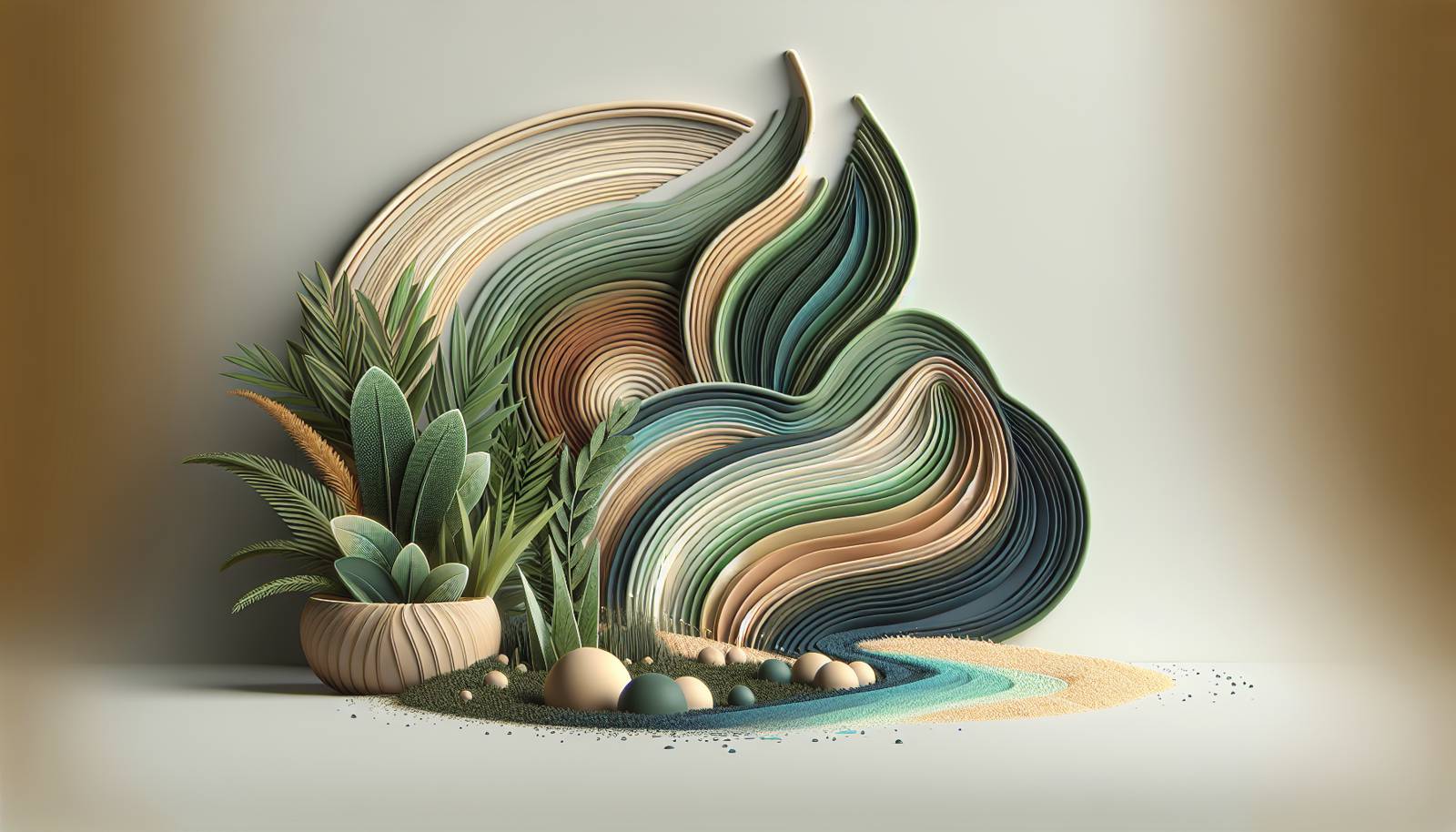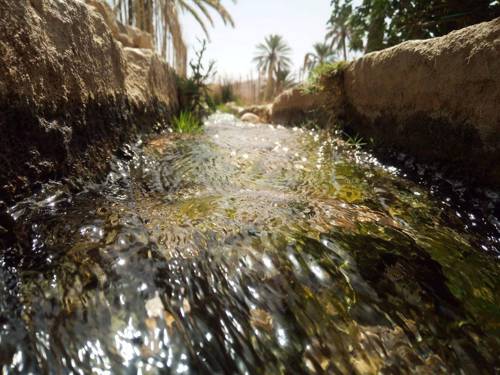
FAQ About Sustainable Indoor Plant Irrigation Methods

What are some sustainable irrigation methods for indoor plants?
Sustainable irrigation methods for indoor plants include using self-watering pots, drip irrigation systems, and recycled water systems. These methods help conserve water and ensure plants receive the right amount of moisture without over-watering.

How do self-watering pots work for indoor plants?
Self-watering pots have a reservoir at the bottom which stores water. The plant absorbs water through capillary action as the soil dries out. This reduces the need for frequent watering and ensures consistent moisture levels, promoting healthier plant growth.

Can I use greywater for watering indoor plants?
Yes, greywater from sinks, baths, or washing machines can be reused for watering indoor plants, provided it is free from harmful chemicals. It's important to avoid water containing bleach, heavy salts, and other toxic substances. Using eco-friendly, biodegradable soaps can make greywater more suitable for plant irrigation.

What is drip irrigation and how is it used indoors?
Drip irrigation is a system that delivers water directly to the roots of plants through a network of tubes and emitters. Indoors, it can be customized for potted plants to minimize water waste and ensure each plant receives the optimal amount of moisture.

Are there any smart irrigation technologies for indoor plants?
Yes, smart irrigation technologies include sensors and timers that automatically regulate watering based on soil moisture levels, plant type, and room conditions. These systems can be connected to smartphones for easy monitoring and adjustments, offering a tech-savvy solution for sustainable indoor plant care.

Why is it important to practice sustainable irrigation for indoor plants?
Sustainable irrigation helps conserve water, reduce environmental impact, lower water bills, and promote healthier plant growth. It aligns with eco-friendly living practices, ensuring personal contributions to water conservation efforts and overall sustainability.

How often should I water my indoor plants using sustainable methods?
The frequency of watering depends on the type of plants, indoor climate, and irrigation method used. Self-watering pots and drip systems usually require less frequent watering adjustments compared to hand watering. Monitoring soil moisture and plant health can help determine the right schedule.

Can hydroponic systems be used as a sustainable method for indoor plant irrigation?
Hydroponic systems, which grow plants in nutrient-rich water rather than soil, can be a sustainable method. They reuse water efficiently, often requiring less water than soil-based systems, and they reduce the need for pesticides and fertilizers.

What are some tips for using recycled water for indoor plants?
When using recycled water, ensure it contains no harmful chemicals or residues. Use water from rinsing fruits and vegetables, cooled boiled water from cooking, or aquarium water, as these can be nutrient-rich and beneficial for plants.

Is rainwater harvesting practical for indoor plant irrigation?
Yes, rainwater harvesting can be a practical and sustainable option for indoor plant irrigation. Collecting rainwater in barrels or other storage solutions can provide a natural and chemical-free water source that is often ideal for plants.

How can soil choice impact indoor plant irrigation?
Choosing the right soil is crucial as it affects water retention and drainage. Use well-draining soil with organic matter to retain moisture without waterlogging. Soil type can influence how sustainable irrigation methods perform, ensuring plants get adequate hydration.

What are the environmental benefits of using sustainable irrigation methods indoors?
Environmental benefits include conserving water, reducing waste, decreasing chemical runoff, and minimizing energy use associated with water treatment and transportation. These practices support ecosystem health and promote biodiversity by lessening the ecological footprint of indoor gardening.

How does mulching help in conserving water for indoor plants?
Mulching helps conserve water by reducing evaporation from the soil surface and maintaining consistent soil temperatures. Organic mulches, like shredded bark or compost, also enrich the soil as they decompose, improving water retention and root health.

Can aquaponics be considered a sustainable indoor plant irrigation method?
Yes, aquaponics, which combines aquaculture with hydroponics, creates a symbiotic environment where fish provide nutrients for plants through their waste, and plants naturally filter the water. This system effectively recycles water and nutrients, making it a sustainable indoor irrigation option.

What are xerophytes and their relevance to sustainable indoor irrigation?
Xerophytes are plants adapted to survive in dry conditions, like cacti and succulents. These plants require less water, making them suitable for sustainable indoor irrigation practices, particularly in areas where water conservation is a priority.

How can light conditions affect the irrigation needs of indoor plants?
Light conditions directly impact a plant's transpiration rate and water requirements. Plants in bright, sunny areas may need more frequent watering than those in low-light conditions. Adjusting watering methods to suit light exposure helps maintain plant health and resource efficiency.

Are there any common mistakes to avoid when practicing sustainable irrigation indoors?
Common mistakes include over-watering, neglecting to adjust irrigation schedules based on seasonal changes, and using water with harmful chemicals. Regularly checking soil moisture and ensuring irrigation systems function correctly can help avoid these issues.

How do water crystals or hydrogels work for indoor plant irrigation?
Water crystals, or hydrogels, absorb and store large amounts of water, releasing moisture slowly to the plant roots as needed. This method helps maintain soil moisture levels, reducing the need for frequent watering and supporting sustainable indoor irrigation.

Can humidity trays be used as part of a sustainable irrigation plan?
Humidity trays provide a reservoir of water that evaporates to increase humidity around plants but don't directly water plants. While helpful for plant health, they should be combined with direct watering methods for balanced sustainable irrigation.

What role do indoor plant irrigation sensors play in sustainability?
Irrigation sensors monitor soil moisture levels and environmental conditions, providing data to optimize watering schedules and prevent overuse of water. These devices are crucial for developing efficient, sustainable irrigation plans for indoor plants.
